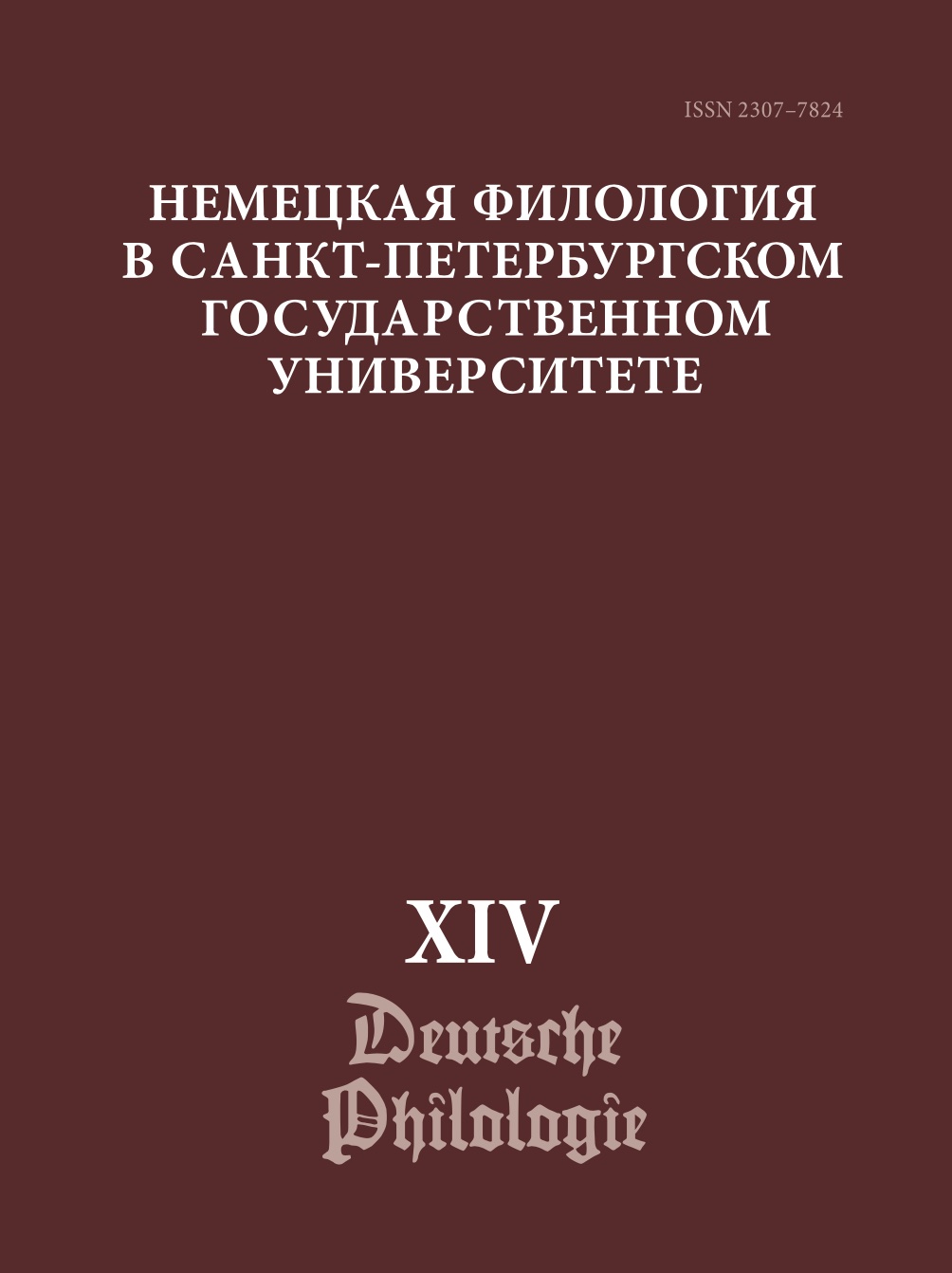APHORISMS IN EARLY 20TH CENTURY GERMAN-LANGUAGE CHESS TEXTBOOKS
DOI:
https://doi.org/10.21638/spbu33.2024.110Abstract
The article studies the artistic originality of early 20th century German educational texts on chess. The study aims at analyzing aphoristic statements in classical chess literature as presented by textbooks by Z. Tarrasch and A. Nimzowitsch. In their books, Tarrasch and Nimzowitsch follow a non-academic approach in order to make their works more accessible and engaging for the reader. Numerous fragments of the studied textbooks are characterized by brevity, expressiveness, originality, moralizing and general nature of the thoughts expressed, making them potential aphorisms. The article outlines a four-base typology of the studied aphorisms, considering their form, content, universality and function. In terms of form, aphorisms are subdivided into comparisons (the military-political, musical, theatrical, and anthropological spheres are most often used to that end), rhetorical tropes (antithesis is regularly found with occasional use of anaphora, gradation and rhetorical exclamation) and paradoxical statements. In terms of content, a distinction can be made between thoughts about the logic of chess; rules and advice applicable during the game; nomination and characteristics of various situations arising on the chessboard; requirements for a chess player. The classification by universality covers statements characterizing the situation on the board in a particular game; statements applicable to various situations in chess; statements that also apply outside the world of chess. In terms of function, most aphorisms can be classified as didactic; examples of aesthetic (in combination with didactic or as a stand-alone use) and polemical (as a dispute with an established opinion) functions are also found.
Keywords:
aphorism, chess, didactics, specialized text, instructional text
Downloads
References
Справочные материалы
Литература
References
Downloads
Published
How to Cite
Issue
Section
License
Условия передачи авторских прав на статьи и рецензии, опубликованные в ежегодном периодическом издании «Немецкая филология» регулируются условиями Лицензионного Договора автора с Санкт-Петербургским государственным университетом. В соответствии с Лицензионным Договором опубликованные материалы находятся в открытом доступе, а авторам бесплатно предоставляется неограниченные возможности их распространения и самостоятельного архивирования.




